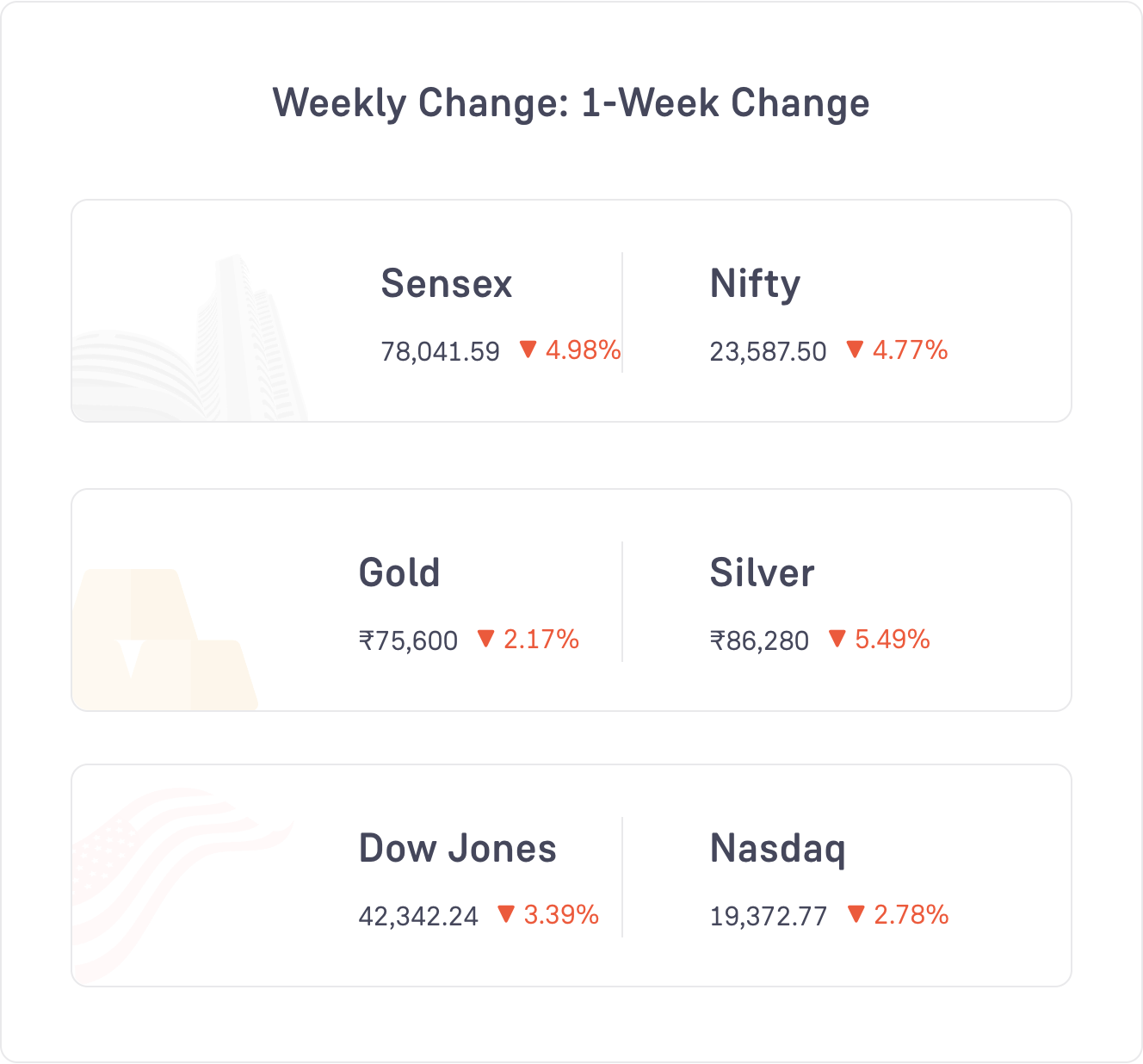Pierre Omidyar was confused.
He was working at a job.
Over the weekends, he had built a side project.
The year was 1995, and the internet was brand new.
Omidyar – an Iranian immigrant born in France – had built a few technology products before as well.
He was wondering if he could build an online auction website.
The world of offline auctions had its problems – sometimes, there were not enough bidders. Sometimes, there were too many bidders and too few items.
It seemed like an extremely inefficient system.
He built AuctionWeb.
And randomly, he put a picture of his broken laser printer on it. He put the price at $1.
It got sold – a broken printer got sold. And that too for $14.
This is what confused him – but not for long.
The laser printer was bought by a collector.
There was a market for many things – even for things that did not seem obvious.
He opened his website to all. Anybody could list an item. And others could bid on it. For free.
AuctionWeb
The tipping point came when his internet bill started increasing too much.
The servers were located in his house. And he had kept everything on his website free.
He decided to charge users a small fee for putting items on the website and a commission when the item sold.
With this, the company started getting revenues.
Omidyar quit his job when he realized his side project was earning him more money than his salary.
AuctionWeb was founded in 1995.
Its revenues were starting to hit new heights – doubling (or even more) every month.
Venture Capital
AuctionWeb started looking for investors.
They needed money, and they started approaching venture capital funds.
Venture capital funds invest in early-stage companies or start-ups.
They are similar to mutual funds — they collect money from various investors. The difference is that they invest the money in start-ups.
But there are restrictions on them – unlike mutual funds, investors need to be above a certain net worth to invest.
Also, unlike mutual funds, they are considered extremely risky.
Why?
Their strategy relies on catching a rare great investment.
Let’s try to understand this better by comparing it with equity mutual funds.
Most popular equity mutual funds invest in about 50 to 90 companies’ stocks.
Out of these stocks, some might give high returns, most give average returns, and a small number give poor or negative returns.
The average of all their performance is what an investor gets – and that is called the mutual fund’s returns.
Venture capital funds work a little differently.
They too invest in many companies – sometimes 100 or even more. But these companies are start-ups, not established companies.
They usually try to invest very early, when the company is extremely small.
Most of the companies they invest in fail. They have to write those investments as a complete loss.
A very small number – maybe 2% or 5% of the start-ups survive.
The ones that do survive – grow immensely.
Their growth is so wild, so high, that they give phenomenal returns – even after accounting for all the losses from other start-up investments.
The venture capital funds’ returns are concentrated.
eBay
In 1995, a venture capital firm called Benchmark Capital was founded.
Benchmark Capital’s founders were known to be a bit different from the others in the industry.
Its founders had agreed upon one principle – that they would share the profits of the fund equally.
They also believed in keeping their team small and not taking too much money from their investors.
Only 2 years after being founded, Benchmark Capital invested $6.7 million in AuctionWeb. Benchmark valued the company at $20 million.
That year, AuctionWeb changed its name.
New name: eBay.
In 1999, eBay decided to go for an IPO.
Its value at the time of IPO was $26 billion.
In 2 years time, its value had gone from $20 million to $26 billion.
Benchmark Capital’s investment in the company was worth more than $5 billion.
That was a return of 750x. Or, per annum terms, it was a return of around 2632% per annum.
This investment is often cited as one of the best examples of how venture capital investing works.
Over time, Benchmark Capital also made other successful investments: Instagram, Uber, Snapchat, and Twitter, among others.
Benchmark Capital is considered one of the best venture capital firms in the world.
In India, we are starting to see many start-ups going for IPO.
This also gets many investors interested in the world of start-ups.
Often, when they hear of the many start-ups shutting down, they wonder how venture capital firms even make money.
The story of eBay and Benchmark Capital throws some light on how they work.
It is definitely very different when compared to mutual funds and other such mainstream investments.
Loss-making companies are not necessarily bad investments.
As long as they catch a few very big hits.
The images above were generated using AI tools.
Quick Takes
+India's forex reserves fell by $1.98 billion to $652.87 billion during the week that ended on 13 December.
+L&T signed a Rs 7,628.70 crore contract with the Defence Ministry to supply K9 VAJRA-T artillery guns for the Indian Army.
+The US Fed has reduced its interest rate to the range of 4.25% to 4.50% (a cut of 0.25% or 25 basis points).
+Central banks of Japan and England have kept their interest rates unchanged at 0.25% and 4.75%, respectively.
+Airtel prepaid Rs 3,626 crore to the Telecom Department for 2016 spectrum dues. The company has now prepaid all its spectrum dues with interest higher than 8.65%.
+SpiceJet settled its $16 million dispute with Genesis (an aircraft leasing firm) for a lesser amount of $6 million. Genesis will also acquire $4 million of SpiceJet’s shares at Rs 100 per share.
+India’s gem and jewellery exports fell 11.8% year-on-year to Rs 16,763 crore in November. Imports rose 36.75% to Rs 11,512 crore. Out of this, gold exports rose 42.4% to Rs 9,558 crore (all gross figures): GJEPC.
+The government has introduced ‘G20 Talent Visa’ to allow scholars from G20 countries to easily enter India for research and innovation.
+ITC has fixed the record date as 6 Jan 2025 for the shares allotment of the demerged company, ITC Hotels.
+NMDC has fixed the record date for its 2:1 bonus issue of shares as 27 December.
+India’s annual wholesale inflation fell to 1.89% in November (vs 2.36% in October). Fuel and power prices fell, and cost of food increased at a slower rate.
+India’s merchandise trade deficit rose to an all-time high of $37.84 billion in November (vs $27.1 billion in Oct). Total merchandise exports fell 4.86% to $32.11 billion. Total merchandise imports rose 27.04% to $69.95 billion: Commerce Ministry.
+Vedanta's board approved a 4th interim dividend of Rs 8.5 per share, with a record date of 24 December. The total payout amounts to Rs 3,324 crore.
6-Day-Course
Theme of the week: understanding moats
We’ve reached the end of this week’s course that started on Monday. Here’s a test you should take. Get pen and paper!
Question 1:
What is a key characteristic of network effects?
-Low production costs
-Customers attract more customers
-Patent protection
Question 2:
Patents can create a moat by preventing others from copying a product.
-True
-False
Question 3:
What makes switching from one product to another difficult?
-Low market demand
-Lack of alternatives
-High switching cost
Question 4:
A company with a high capital setup cost is easier for new competitors to replicate.
-True
-False
Question 5:
What helps companies produce items at lower costs?
-Economies of scale
-Regulatory licenses
-Intellectual property
Answers:
Q1: Finance
Q2: True
Q3: Consumer
Q4: False
Q5: US company revenues
The information contained in this Groww Digest is purely for knowledge. This Groww Digest does not contain any recommendations or advice.
Team Groww Digest





